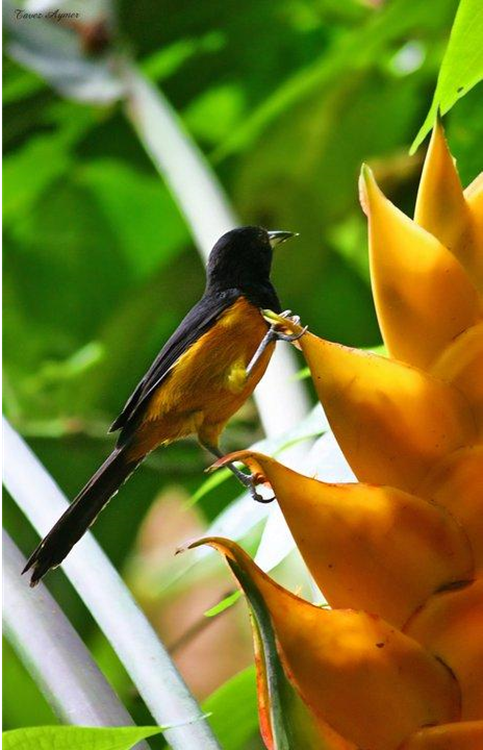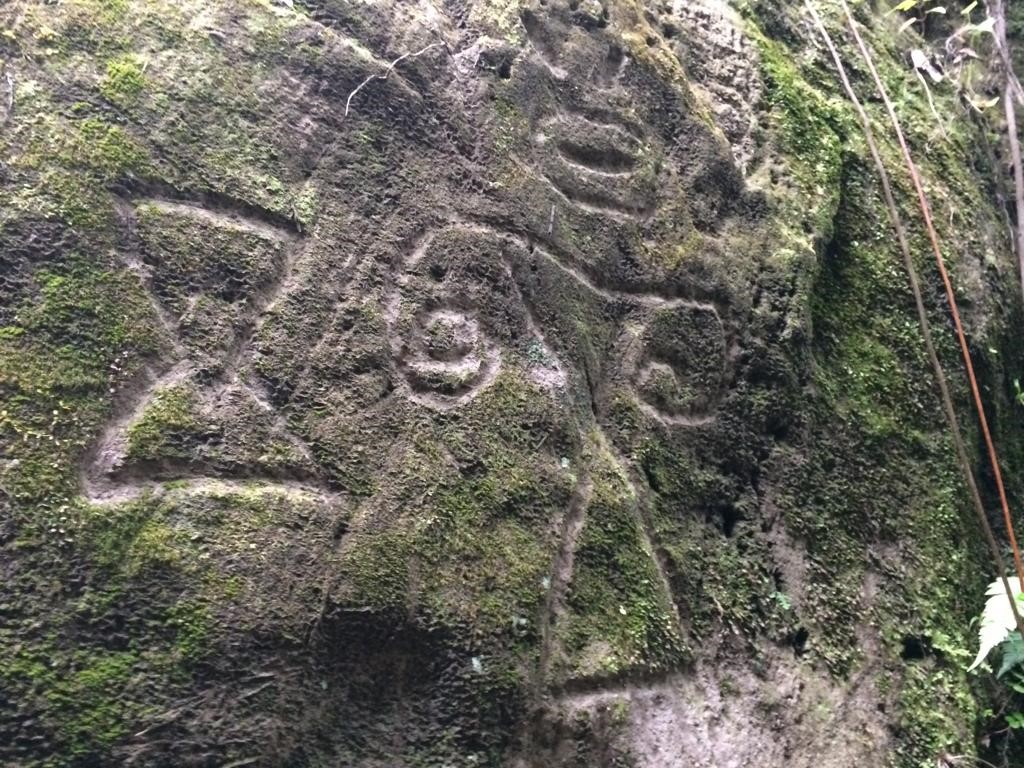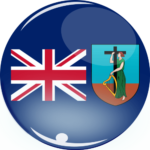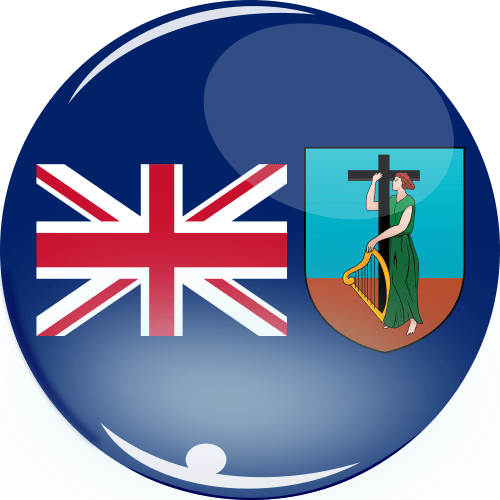Montserrat - A Brief History



The World’s attention was drawn to the small island of Montserrat in 1995 when the Soufriere Hills Volcano erupted causing mass devastation to the infrastructure and lives of people of the island. The eruption rendered two thirds of the island uninhabitable resulting in the off-island evacuation of two thirds of the population. The current population of 4,500 now occupies the formerly sparsely populated northern part of the island. The seat of government is now based at Brades, a new port is being built, and a new hospital is earmarked for completion at the end of 2024. The tourism sector, previously the main sector of economic activity, is featuring the island as a destination for hiking and bird watching in a safe and relaxed environment surrounded by the beautiful fauna and flora of the Centre Hills national park.
The island of 102 sq. kilometres is in the Eastern Caribbean and lies between Guadeloupe to the southeast and Antigua to the northeast. The earliest settlers were Amerindians, who named the island Alliouagana. Sighted by the explorer Christopher Columbus during his voyage to the New World in 1493, he named the island Montserrat as it reminded him of the saw-tooth mountain range of Montserrat, in Catalonia, Spain.
In 1632 Montserrat became home to Irish Catholics sent there by Sir Thomas Warner, who was the British Governor on the neighbouring island of St. Kitts. They were later joined by other Irish Catholics from Ireland and Virginia in the U.S.A. The 1678-79 census shows that the Irish settlers were the largest ethnic group outnumbering the Africans who were brought in as slaves from the mid-17th century to meet the labour needs of the plantation settlers. During slavery, and following its abolition, a succession plantation crops, tobacco, sugar, lime, and cotton, were the main economic activity until the early 1980s when tourism became the economic driver for development.
Montserrat is an UK Overseas Territory, with a locally elected government. His Majesty King Charles III is represented by the island’s Governor, who is appointed by the Crown.
In 1989, Hugo, a category four hurricane, wreaked havoc in Montserrat, damaging homes and destroying the infrastructure. Restoration was swift but the island suffered the loss of Air Studios, a major tourist attraction owned the late Sir George Martin, where visiting musicians came from all over the world to record.
Sandmining (using the by-product from the volcanic activity) is the now the main economic activity. With the installation of fibre optic cabling there is opportunity for remote working in an ambient atmosphere and also opportunities for inward investment. The tourism sector is recovering from the loss of visitors due to the impact of the eruption and the COVID-19 pandemic and the industry is now set to welcome visitors to a safe Caribbean environment. Whether for business or pleasure Montserrat is now ready to welcome you.
In 2016, previously unknown to exist on the island, Petroglyphs were discovered on Montserrat depicting figures and faces of humanoid figures. This is an historic find It is believed that petroglyphs are spiritual writings and may well have been carved on special occasions and maybe over several generations. These Petroglyphs are well worth a visit.
There are opportunities for twitchers to spot our national bird, the Oriole, amongst the varied bird life; for hikers to enjoy the beautiful scenery within the national park and for those who want a quieter pace of life to lie on the beach or by the pool with a book.

